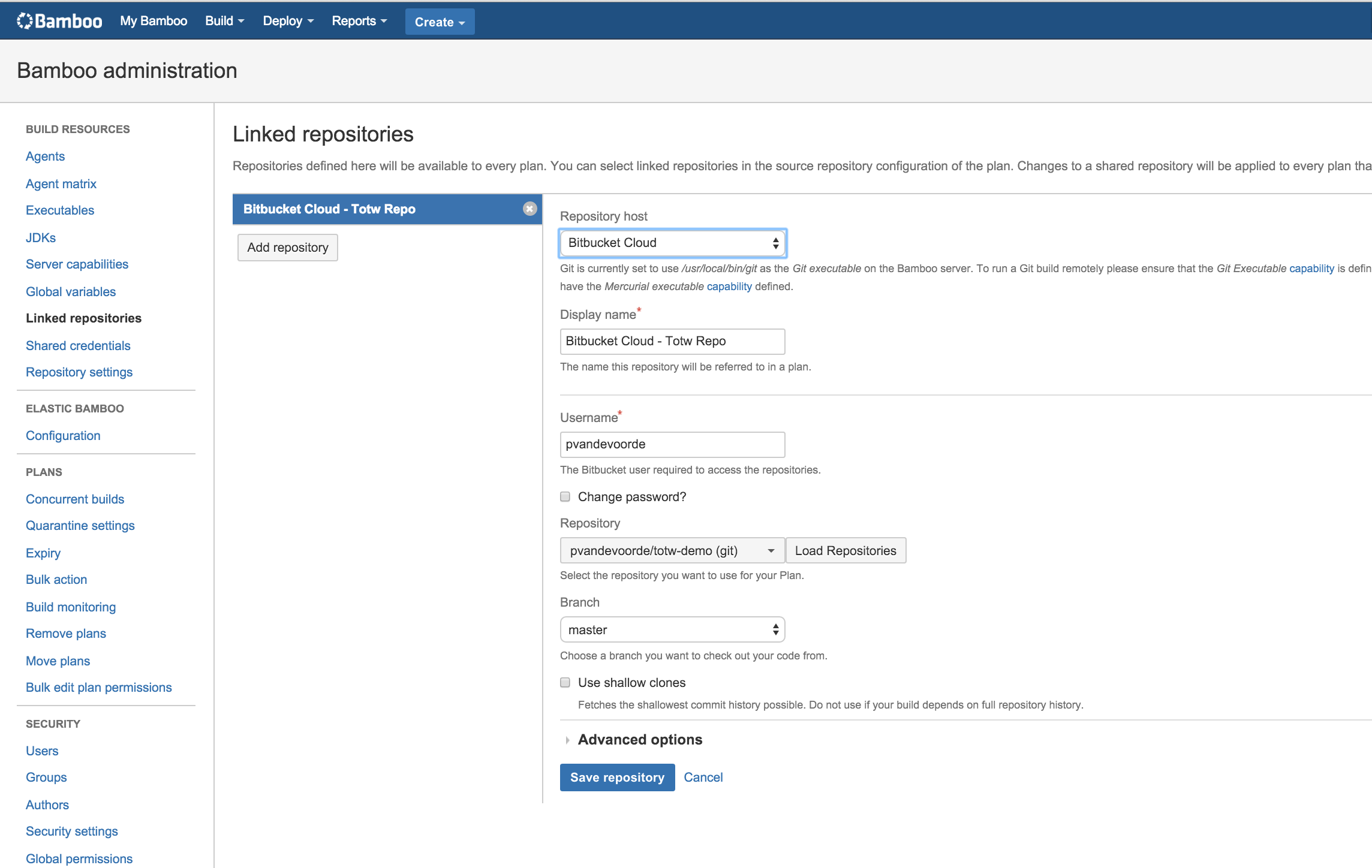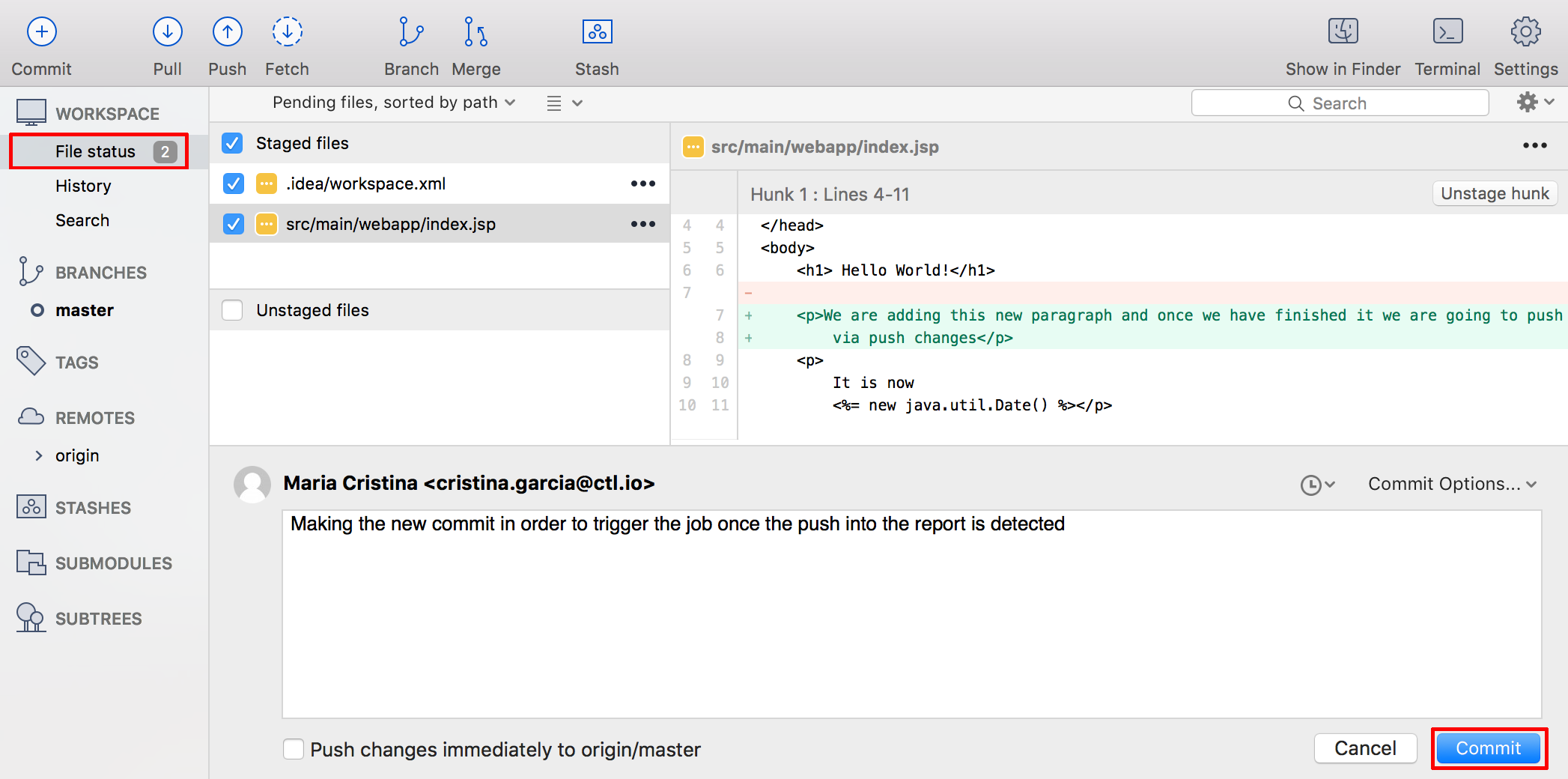

The first requirement is the local Git repo that we'll be adding a new remote to. In the first two steps in this post, we will set up some of the basic things necessary before we can add a new remote to a Git repo. We will start by adding Git to a new or existing project and conclude by sharing the project to a Git hosting service like Bitbucket and GitHub. In this post, you will learn how to set up remotes for your local Git repo in three steps. Git remote makes it easy for developers to collaborate. The repository could be private, public, or on some server you control. With Git remote, you can share your code to a remote repository.

Git is available for Windows, Mac OS, and Linux. With Git, you can save the state of your code at regular intervals (determined by you).

Git remote is an important part of Git, a tool that provides an easy-to-use system for tracking changes in source code during software development.


 0 kommentar(er)
0 kommentar(er)
